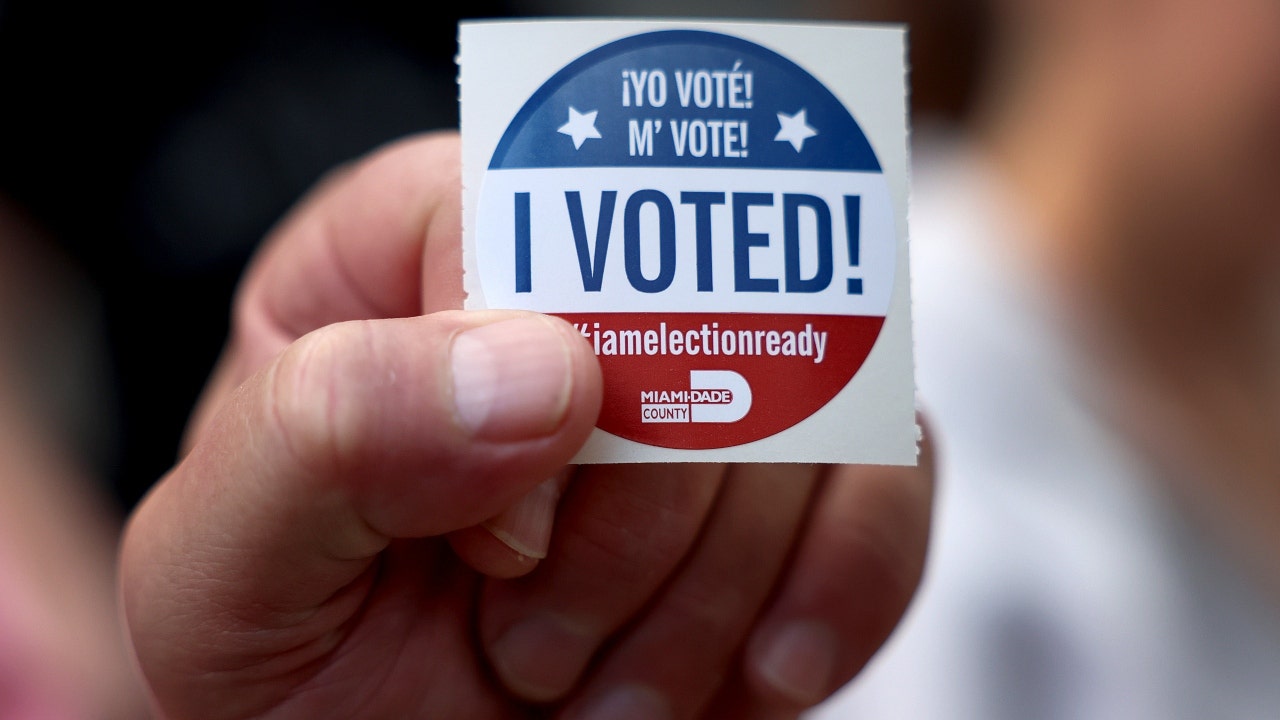This isn’t low-hanging fruit.
Maurizio Cattelan’s “Comedian” has fetched a phenomenal $6.2 million at auction at Sotheby’s in New York City.
Crypto entrepreneur Justin Sun snapped up the controversial work, which consists of a real banana duct-taped to a wall, on Wednesday evening at an event where pieces by Roy Lichtenstein, Jasper Johns and Jeff Koons also went under the hammer.
The Post re-created “Comedian” for the paltry sum of $5.75 — buying a banana from a bodega for 80 cents and a roll of heavy-duty duct tape for $4.95.
Our replica took less than 60 seconds to assemble and, as our photos show, appears almost identical to the original.
However, what the lucky new owner of the artwork gets — and what we didn’t — is a “certificate of authenticity” that grants them “permission and authority” to reproduce the work.
“I have always said, as much as I love art and it is important, it’s the silliest thing where serious money changes hands and this work is definitely no exception,” art adviser Ralph DeLuca — who has helped Leonardo DiCaprio and Sylvester Stallone build their collections — told The Post.
Still, DeLuca said “Comedian’s” hefty price may have been a bargain because it’s as much an idea as it is an actual piece of art.
“Some people may consider this work Duchamp’s ‘Fountain’ of the 21st century,” DeLuca told The Post, referencing the infamous urinal that sold at Sotheby’s for $1.7 million back in 1999.
“How can anyone really call it overrated?” he asked.
Since it was unveiled at Miami’s Art Basel back in 2019, “Comedian” has peeled back the pretensions of the creative industry, with Sotheby’s saying it has “single-handedly prompted the world to reconsider how we define art, and the value we seek in it.”
“Maurizio Cattelan’s ‘Comedian’ became one of the most talked-about sensations of the art world,” Sotheby’s David Galperin told The Post, adding that the work “continues to capture the zeitgeist.”
Upon its debut at Art Basel, “Comedian” garnered global headlines and even appeared on the cover of The Post.
While on display at the Florida art fair, performance artist David Datuna ate the banana off the wall, describing the act as a performance piece titled “Hungry Artist.”
The banana was replaced later that day.
Given that he named the artwork “Comedian,” Cattelan likely didn’t intend for it to be taken super seriously.
However, Chloé Cooper Jones, an assistant professor at the Columbia University School of the Arts, said it is worth thinking about the context.
“His work is often at the intersection of the sort of humor and the deeply macabre,” she told the Associated Press. “He’s quite often looking at ways of provoking us, not just for the sake of provocation, but to ask us to look into some of the sort of darkest parts of history and of ourselves.”
Cooper Jones added that bananas are a fruit with a history that is entangled with imperialism, labor exploitation and corporate power.
“It would be hard to come up with a better, simple symbol of global trade and all of its exploitations than the banana,” she told the outlet. If “Comedian” is about making people think about their moral complicity in the production of objects they take for granted, then it’s “at least a more useful tool or it’s at least an additional sort of place to go in terms of the questions that this work could be asking.”
Cattelan — the Italian artist who created “Comedian” — has been described by Sotheby’s as being “among Contemporary Art’s most brilliant provocateurs.”
In 2016, he hit headlines after creating an artwork named “America” — a sculpture of a fully functional golden toilet.
Meanwhile, on Monday night, Sotheby’s sold one of the famed paintings in the “Water Lilies” series by the French impressionist Claude Monet for $65.5 million.
When asked to compare Cattelan’s banana to a classic like Monet’s, Galperin told the Associated Press that impressionism was not considered art when the movement began.
“No important, profound, meaningful artwork of the past 100 years or 200 years, or our history for that matter, did not provoke some kind of discomfort when it was first unveiled,” he said.















